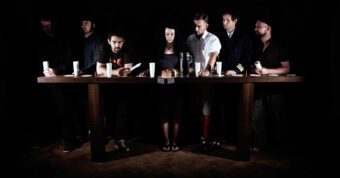For people with normal eyesight, the idea of life outside the visible world is impossible. Even in complete darkness, regardless of whether we are dreaming or awake, the acquired memory reference of the visual space remains accessible to us in our imagination. Once we have learned to see, we can no longer refrain from a spatial-visual interpretation of our living environment. Even images become a projection surface for our ideas. After blindness, on the other hand, the interdependence between the inner and outer worlds becomes clear. The intelligible world exists as before in our memory. However, it only offers us orientation to the extent that the sensory media of color and light convey meanings and contexts of action to us.
The belief in an environment whose responsibilities are objectively recognizable to us through empirical observation runs deep in the scientific understanding of our time. The facts of modern neuroscience will not change this any time soon. The perceptions of reality and values of societies are determined by the sighted majority, for whom the identity of people, cities and artifacts is shown in a vivid way.
If, on the other hand, we perceive the world with the “eyes of a blind person”, we have to spatialize our ideas of reality through words, smells, sounds, shapes, movements and materials. In the course of evolution, the visual sense has developed into our primary source of experience, which is why we learn from birth to orient ourselves within the sign structure of color and light. Our descriptive knowledge structure in the brain is formed from the consequences of our multisensory experiences. Every form of knowledge and understanding of the natural and socio-cultural environment is based on this. Our way of life, the design of our cities and artifacts, and even the structure of the language of words form an integral part of our vivid imagination.


